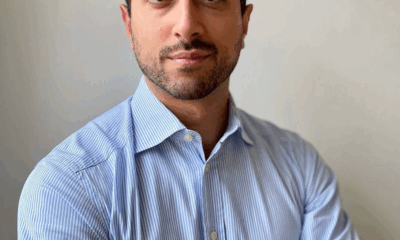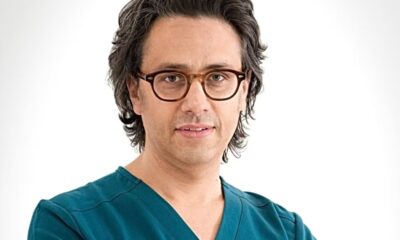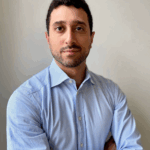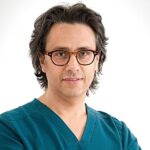Medical doctors and Surgeons
Pediatric Plastic Surgery: instilling confidence in children
When it comes to children’s health, every decision becomes particularly significant, especially when it involves pediatric plastic surgery. Choosing the specialist, the clarity of information provided, and the active involvement of parents are crucial factors for the success of any surgical intervention.
The first meeting with the doctor is an important opportunity to establish a relationship of trust that involves not only the family but also the child.
«The foundation is the presence of the correct specialist. There needs to be a referral from the pediatrician or neonatologist to the right professional who will provide accurate information. After that, a relationship of trust must be established between the family, the professional, and the child. Obviously, if the child is at an age where they can understand what we’re talking about, what their condition is, and what improvement we are proposing», explains Dr. Ezio Gangemi, a specialist in plastic, reconstructive, and aesthetic surgery, and a medical officer at the Maria Vittoria Hospital of the ASL City of Turin, in the complex structure of plastic surgery, hand surgery, and microsurgery.
Pediatric conditions range from the most common to the rare, but in any case, timely and appropriate intervention is important. Some of these conditions may be malformations. Others are of an aesthetic nature, potentially having a social impact on the child’s character development. The latter, in particular, can influence behavior during childhood and adolescence.
Areas of intervention in pediatric plastic surgery
The most frequent conditions from a plastic surgeon’s perspective can be divided into two categories. Traumatic conditions can affect children from birth to 16 years of age. «It could be a burn that affects more delicate areas such as the face, hands, or breast region – says Dr. Gangemi – .Then there are all the injuries such as dog bites, insect bites, spider bites, and the more common conditions like small local infections or trauma to the fingers and wrist. Fortunately, these are not usually very complex because children tend to heal well».
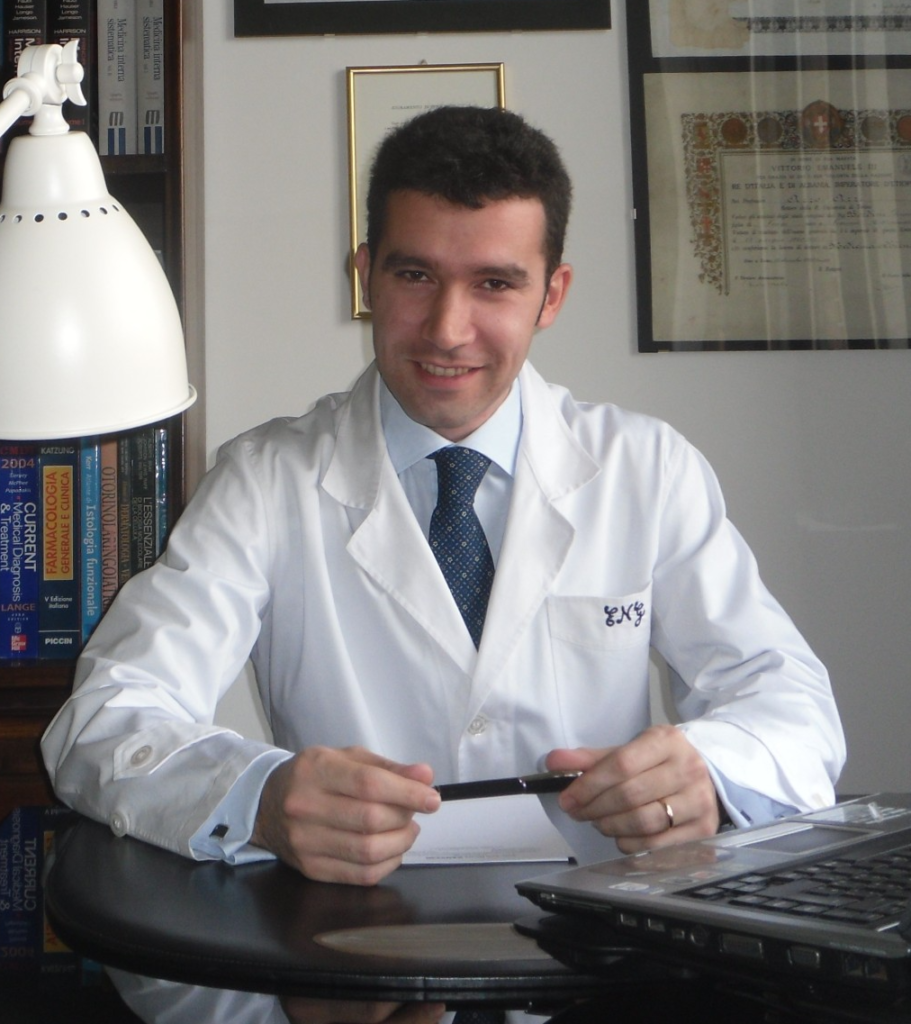
The other category involves malformative conditions, where plastic surgery covers various areas. «A plastic surgeon doesn’t have a specific area, like a maxillofacial surgeon who only deals with the head and neck or a thoracic surgeon who only deals with the chest. A plastic surgeon deals with the skin and soft tissues, including subcutaneous fat, muscles, and bones. Therefore, they handle various areas», continues Dr. Gangemi.
Another area of focus is dermo-surgical conditions. For example the treatment of infantile hemangiomas or congenital nevi. They can have a significant impact because they may affect the face, limbs, chest, abdomen, and lower extremities. For the head and neck region, ocular conditions like ptosis, where the eyelid does not elevate properly, causing asymmetry or vision problems are included.
Creating child-friendly pathways
Hospitals are generally perceived negatively by children, who associate them with unpleasant experiences.
Therefore, it is important to approach them in a more welcoming and familiar environment. This led to the creation of the “Children’s Health House,” . It’s a place resembling a playground that helps children feel comfortable from the start, with visits conducted in the so-called “cat room,” a medical environment that does not convey the cold hospital atmosphere. «After that, we talk with the family, make a diagnosis, and set up the treatment. At that point, the child is brought to the hospital, where they also have preferential channels. We try to make the operating room or post-operative life less difficult for them. The important thing is to get them back to normal life as soon as possible», says Dr. Gangemi.
This continuity of care within the community has been developed over the years, with the goal of creating a dedicated pathway that meets the needs of young patients and their families. «From a personal standpoint, it is a great satisfaction because the child knows that they have entrusted this person and resolved a problem, so you are seen as a trust-worthy person in their eyes for life», the doctor explains.
Multidisciplinary approach in pediatric plastic surgery
In April, the first day dedicated to pediatric plastic surgery was held in Turin. This event was significant because it was the first time this discipline was explored in the pediatric field within the Piedmont region. «The idea was to create networks and connections within our ASL and throughout the territory of Turin and Piedmont. We involved neonatologists, hospital pediatricians, community pediatricians, and general pediatricians. These are the first to take charge of the child and the family. We try to inform them that pediatric plastic surgery exists», emphasizes Dr. Gangemi.
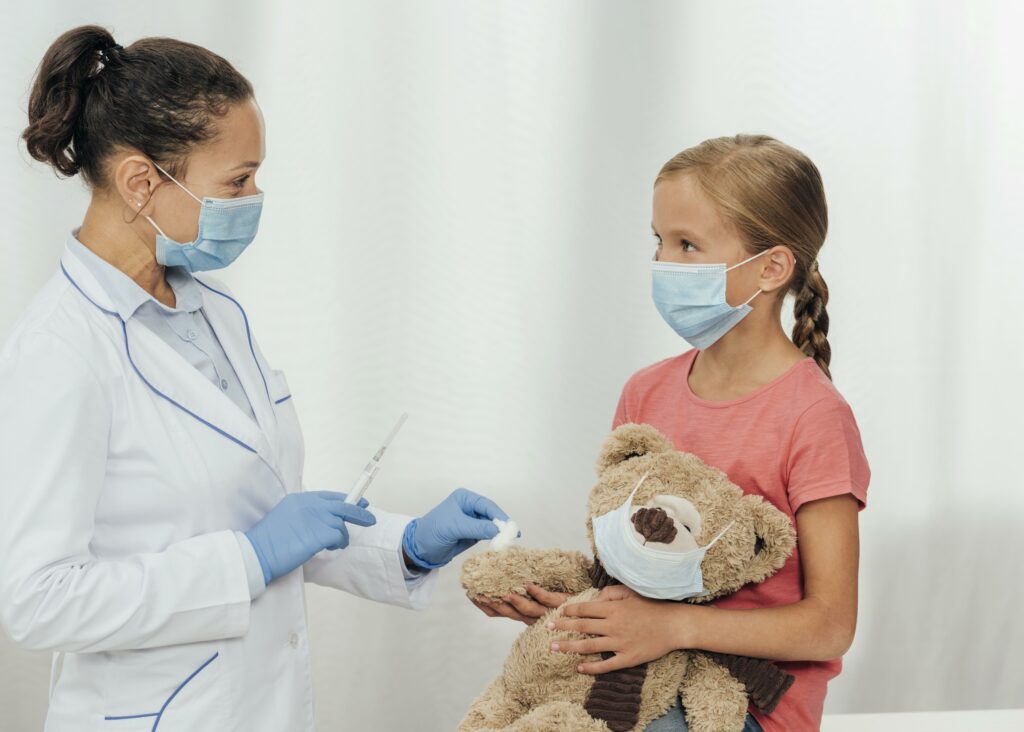
The approach must always be multidisciplinary, with the pediatrician as the central figure coordinating the child’s therapeutic pathway. However, the complexity of pediatric conditions often requires the intervention of specialists. The role of the network is precisely to identify and involve the most suitable professionals based on the specific needs of the patient. This collaborative approach ensures that each child receives comprehensive and personalized care, integrating different expertise to address the various facets of their condition.


